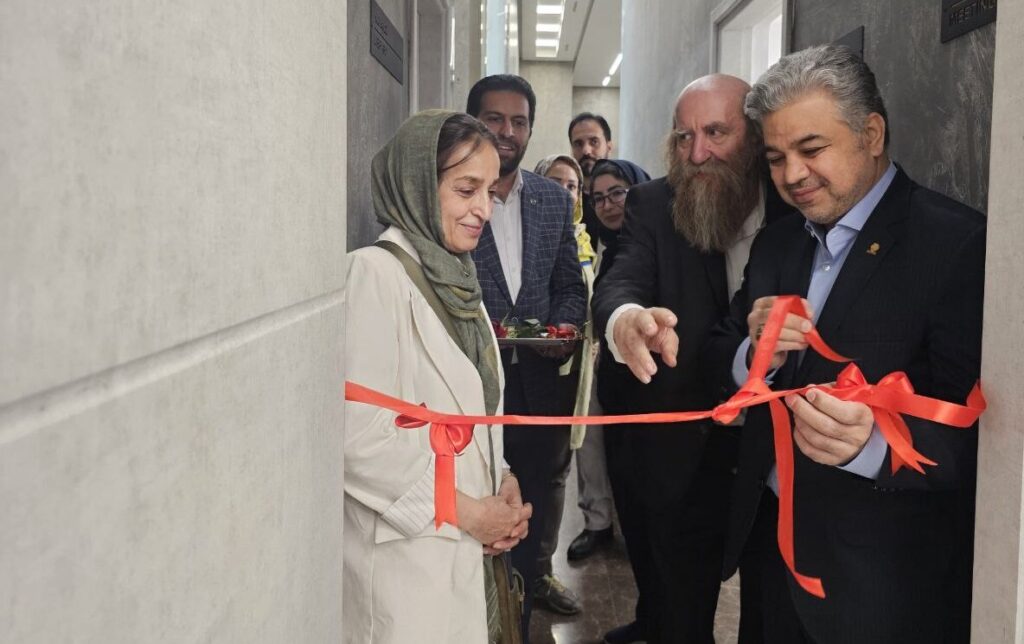TEHRAN – The country’s first specialized university dedicated to restoring classic cars in the groundbreaking development of cultural heritage and technical education in Iran, officially launched on Monday.
The newly established university, affiliated with the Daffin Museum Group and operated under the Mushuzafan Foundation, was launched in close cooperation with the International Museum Council (ICOM) of Iran.
The college is located on the grounds of an Iranian Automobile Museum and features an unparalleled collection of vintage, classic cars and other historic cars.
At the opening ceremony, Hamedreza Soleimani, CEO of Dafineh Museum Group, Seyyed Ahmad Mohit-Tabatabai, Head of ICOM Iran, and senior restaurant Mitra Etezadi, were among the well-known speakers addressed to a crowd of cultural experts, museum experts and restoration enthusiasts. They emphasized that the initiative aims to specialize and preserve Iran’s classic auto heritage while fostering a new generation of restoration experts.
In his keynote address, Mohit Tabatabai highlighted the evolving role of museums in society, particularly in light of the International Museum Day, which is celebrated annually on May 18th. “The children are the true heirs of the museum,” he said. “Museums must create inclusive spaces for future generations. The more diverse the audience, the more successful they will.”

Mohit-Tabatabai highlighted the transformative impact of modern technologies in enhancing historical structures and accessibility within museum environments. He linked the invention of automobiles to broader industrial, cultural and social transformations in human history, noting that “museums are not merely storage spaces for objects, but institutions for reflection, innovation and learning.”
He also pointed to environmental challenges such as drought and global warming, arguing that many of these stem from the loss of traditional knowledge and sustainable practices and other areas where museums can play an educational role.
Etezadi, a well-known restoration of ancient and modern artifacts, provided the audience with a detailed description of her work on the historic royal carriages on display at the museum. She spoke about the rigorous process of restoring one of the most acclaimed items in the museum’s collection. The carriage during the 19th century Nasser Aldinshire era is made at the Karmalian Workshop in Vienna, Austria.

Etezadi explained how detailed documents of the carriage features, such as royal insignias, lamps from separate manufacturers, and deep burgundy and black paint layers, provided insight into both the aesthetic taste of the Kajal Court and the sophistication of the technology. “This was not a normal measure. It is believed that up to 14 monarchs are on board it, which explains the extensive wear and damage,” she said.
She added that evidence from historical documents suggests that elephant pilots exist in the royal courts, based on records related to the carriage and its accessories.

The university facilities illustrate a crucial step in institutionalizing the knowledge and skills necessary to restore and maintain some classic cars that are deeply entwined with Iran’s royal, political and social history. With courses expected to cover everything from traditional craftsmanship to modern conservation science, the school hopes to become a local hub for classic car restoration.
The launch of this pioneering university, according to organizers, demonstrates Iran’s commitment to maintaining a critical aspect of its contemporary cultural heritage.
morning

